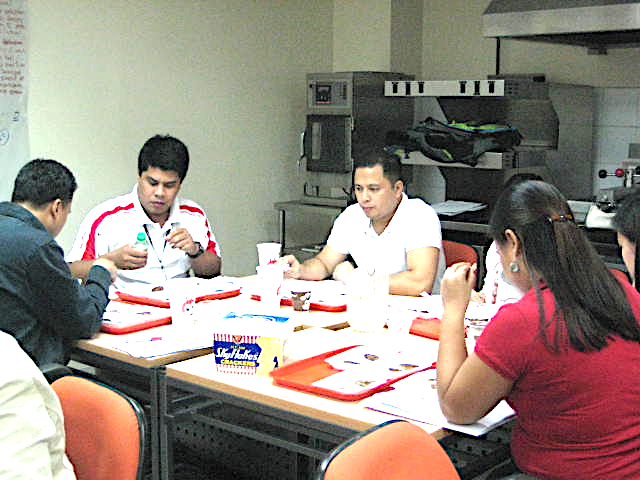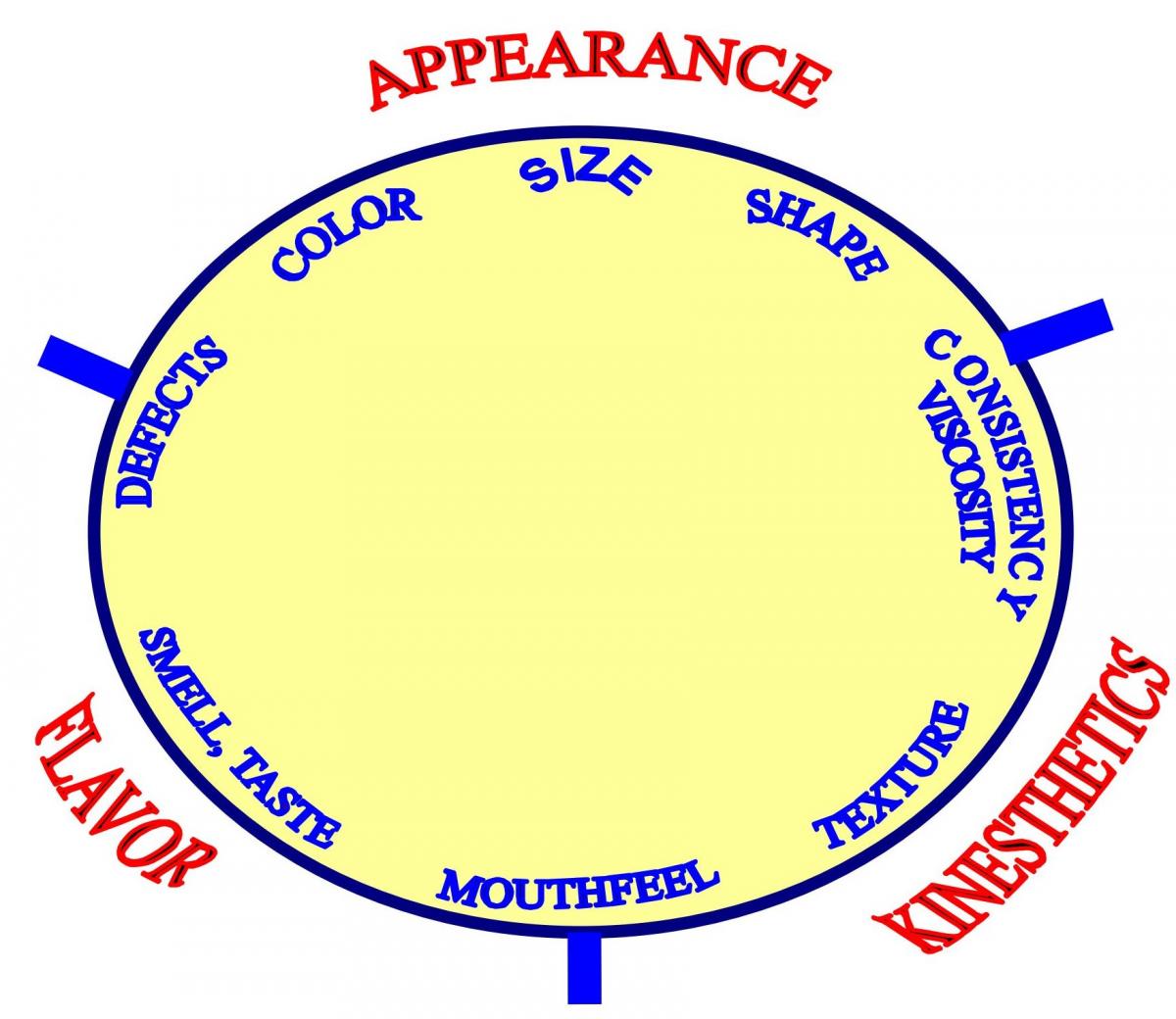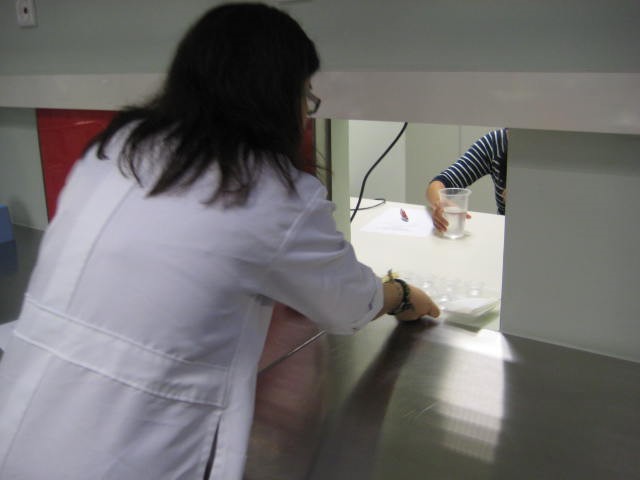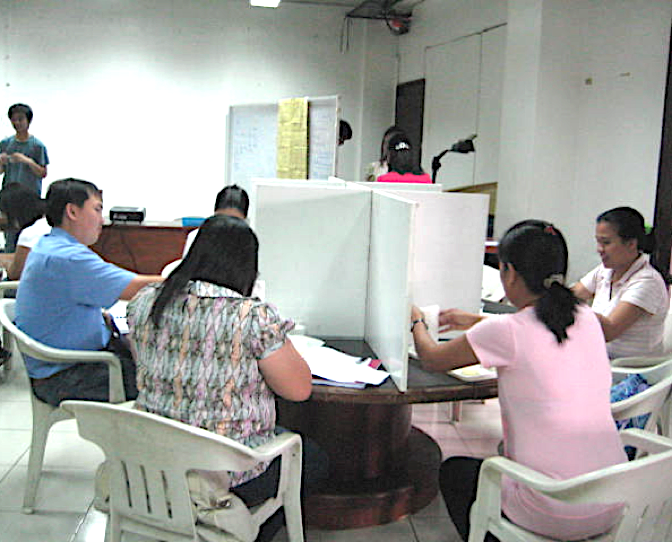Introduction
SENSORY Evaluation is defined by the Institute of Food Technologists' (IFT) as "a scientific discipline used to evoke, measure, analyse and interpret sensations as they are perceived by the senses of sight, smell, taste touch and hearing" (Prell, 1976, as cited by Gatchalian and Brannan, 2011). This implies that the human perception especially about food has reached its level of scientific practice such that tools for sensory evaluation are already utilised to measure food product attributes as they are perceived by man. Furthermore, it is a fact that the final judge of any food product is the human consumer. Therefore, to gain more customers, speed of innovation should be a major goal of any food business, so that leadership in the marketplace is to be achieved then sustained.
Innovation had been defined in various ways by many respectable scientists, and the descriptive words commonly mentioned tend to describe innovation as a “unique creative idea that adds value to the organisation’s external customers and to the stakeholders while generating profit (Gatchalian, 2018). This implies that a newly created product could be very different from those which had been in existence in the marketplace. Because of its uniqueness it attracts the attention of consumers enticing them to purchase the item. Where food is concerned, sustained repeat buys of a newly introduced product would definitely enlarge its market-share giving assurance of significant increase in sales volume ensuring profitability for the stakeholders.
Understanding consumer needs
Particularly for a food company pursuing innovation leadership, it is most important for the Sales and Marketing (S&M) Team to take every opportunity to : (a) regularly meet and understand their customers; (b) know the customers’ current and future requirements; and (c) be adequately guided in their recommendations to Research and Development (R & D).
Consumer Focus Group Discussions. Especially for the food manufacturer, measurement of consumer preferences and needs is necessary before innovation can be initiated. Von Hippel et. al (2011) mentioned that “recent research shows that consumers collectively generate massive amounts of product innovation”. Since consumers’ positive response towards a new product is the major goal of innovators, it becomes very important that understanding of consumer needs should be the start of the innovation process. Figure 1 shows the S&M Team meeting selected consumers in a focus group discussion (FGD) to obtain their ideas on what new products they need and the characteristics desired. A regular series of FGDs would lead to identification of areas for possible food product innovation towards its eventual development. Regular meetings with consumers using the focus group technique also provide feed-back on current consumer preferences and needs . During such meetings, sensory characteristics of products desired would be the focus of discussion. Sensory evaluation tools and techniques are employed for assessment to ensure that a scientific approach is being followed in the collection of information particularly about the product’s sensory attributes.

Fig. 1 Focus group discussion with consumers
Food Product Attributes Determination. Anthony, et.al. (2012) emphasised that the success of emerging markets greatly depends on having a deep understanding of the consumer “needs, emotions and circumstances”. This information leads to designing the product most needed by the customers which can be sold at the desired price in the right market locations. In particular, to obtain more information about the food product, there are many sensory evaluation tools and techniques to measure the characteristics desired by the consumers. Figure 2 shows the well-known continuum of sensory attributes which is used to identify specific product characteristics desired by the consumer. These identified attributes and theirrespective perceived intensity can be measured from the consumer’s personal perception resulting to a product sensory profile. Although there are many ways of preparing a sensory profile, the Quantitative Descriptive Analysis (QDA) approach had been found most useful (Gatchalian, 2018). Information gathered about consumer needs and the determination of product attributes form part of the recommendations that S & M can send to the Research and Development Team to help initiate the innovation process.

Fig. 2. Continuum of sensory attributes perceived by man (Kramer, 1983 as cited by Gatchalian and Brannan, 2011)
Creation of a new food product
Information on consumer requirements and subsequent measurements of the attributes that characterise a new food product, determine to a “high extent the success of innovation “ (Menrad, 2007). Scientifically designed sensory evaluation methods that utilise appropriate statistical tools are most important in understanding the product desired by consumers. Without these approaches, product development would be time-consuming and oftentimes does not result to the creation of a new food product acceptable to the targeted customers.
Creation of a Unique Food Product. Data gathered (including customer’s current and future requirements) during the regular series of FGDs, determine to a large extent, the set of activities to be organised by the Research and Development Department (R&D). This starts with product conceptualisation followed by its creation. Thus, information gathered will provide a good basis for recommendations to R&D. Figure 3 shows one of the major activities necessary in product creation and development. The kitchen side of the Sensory Evaluation Laboratory (left photo) prepares the samples that need to be assessed by trained Sensory Panelists (right photo). Results of sensory evaluation activities serve as important guides to product developers bringing them closer to meeting consumer requirements. To date, there are already many standards for sensory evaluation developed by the International Organization for Standardization (ISO). These provide guidance to the proper physical set-up required for sensory evaluation, as well as, the correct application of different Sensory Test methods. The book of Gatchalian and Brannan (2011) is being used by both the academe and the food industry since it provides guidelines in the proper and efficient application of sensory evaluation methods not only for R&D but also for the quality assurance requirements.

Fig. 3. Sensory evaluation laboratory where food attributes are studied by trained Panelists

Fig.4. Consumer survey to determine food acceptability.
Measurement of Product Acceptability. The final judge of any product is the consumer or the end-user. For this reason, it is always best to monitor comparative product market performance versus its competitors. More importantly, a newly developed food product should not be released into the market unless the targeted level of acceptability had been achieved. One good measure of consumer level of acceptance is the use of the Hedonic Rating Scale (Gatchalian and Brannan, 2011) employed in a survey. Figure 4 shows a central location survey to determine consumer level of acceptability of a newly developed food product. Results of the survey provide indications of its potentials in a competitive marketplace. For example, a consumer acceptance test could use a Hedonic Rating Scale, where the range of scores given by consumers start with: 1 = “ Extremely Dislike” to 4 = “neither like nor dislike” to 9 = “Extremely like”. Most companies would not release a product into the market unless it obtains an average score of 8..5 with a standard deviation of 0.05 or less. Note that sensory evaluation tests are so designed such that they can respond to specific desired information. Since each sensory test has an appropriate statistical method for use on the collected data, then proper analysis and interpretation of results are obtained, ensuring a high level of accuracy and reliability, When the targeted Hedonic Rating Score and desirable standard deviation are achieved from the surveys, a new product’s success in the marketplace is almost assured.
Conclusion
Measurement of human responses to a given stimulus is crucial in food innovation. Any new and unique product developed must have high consumer acceptability to ensure market leadership. Otherwise, if a new product does not sell, it cannot be considered a successful innovation. Among all consumer products, food is the only commodity that would require the use of all the human senses in the process of product idea conceptualisation, through creation, development and market launch. At all of these innovation stages use of sensory evaluation is imperative. Unless there is enough knowledge about consumer needs particularly their preferences and acceptance levels, a product idea cannot even progress towards creation, development and eventual sale. In view of these considerations, it can be definitely concluded that sensory evaluation is a must in food Innovation.
Literature cited
Anthony, Scott; Brown, Bruce and Joachimsthaler, Erich. 2012. What is the right entry point for emerging markets: targeting customers at the bottom or middle of the pyramid. Harvard Business Review. School Publishing. BullsEye Resources www.bullseyeresources.com.
Gatchalian, Miflora M. 2013. Food innovation sustainability: role of sensory measurement. Food Pacific Manufacturing Journal. Vol. XIII, No. 8, ISSN 1608-7100. Ringier Trade Media Ltd. Hong Kong
Gatchalian, M.M. 2018. Innovation management in food product development. Food Pacific Manufacturing Journal. Vol. XVIII NO. 2, (March ) ISSN 1608-7100. Ringier Trade Media Ltd. Hong Kong
Gatchalian, M. M. and Brannan, Grace D. 2011. Sensory Quality Measurement: Statistical Analysis of Human Responses, 3rd edition.. Quality Partners Company, Ltd. 283pp. Quezon City Philippines; ISBN 978-971-691-921-9. qpcl.gatch@gmail.com
Menrad, K. 2007. Traditional products and the economic impact of innovation. Wissenschaffs, Zentrum, Straubing Germany.
Von Hippel, Eric; Ogawa, Susumu and De Jong, Jeroen P.J.. 2011. The Age of the Consumer-Innovator . MIT Sloan Management Review.
Saldos - Entrega gratuita














